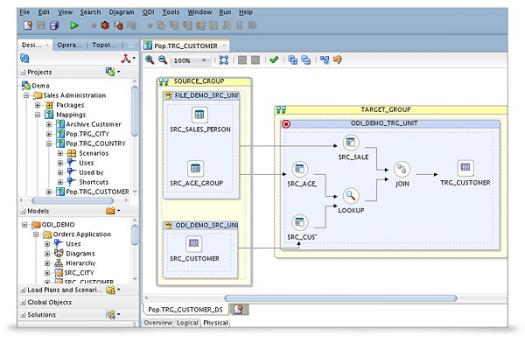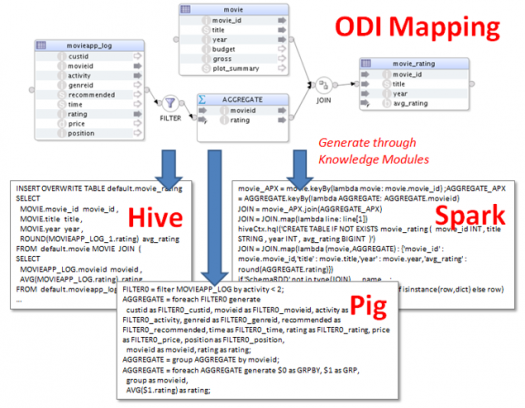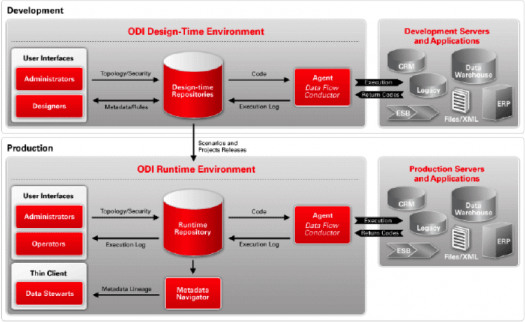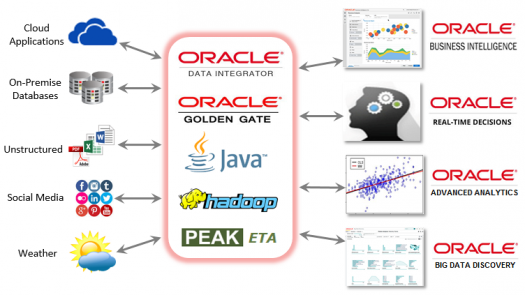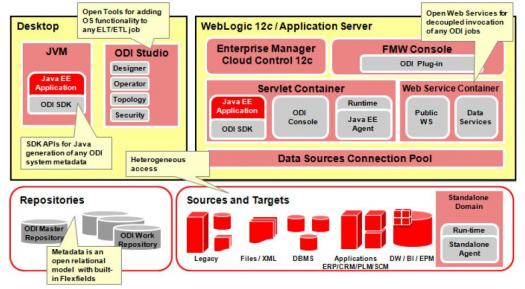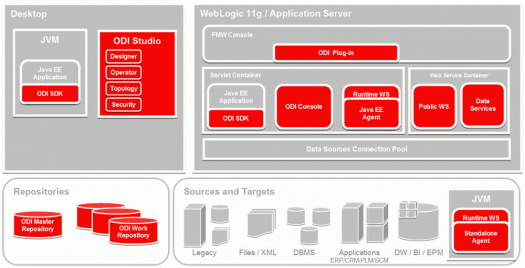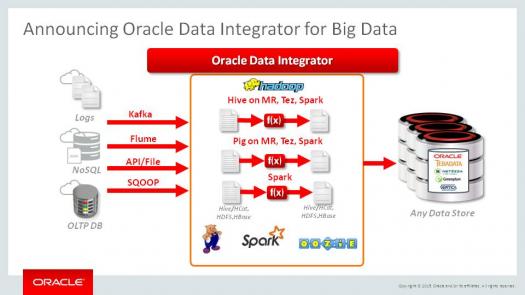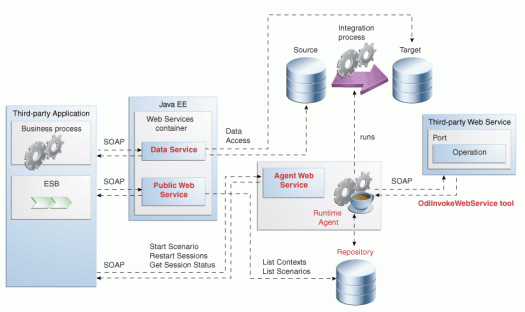Oracle Data Integrator Test Quiz! Trivia
(164).jpg)
Have you studied or learned about Oracle Data Integrator? Take this Oracle Data Integrator test quiz to know how well updated your knowledge is. Oracle Data Integrator is basically an extract, load, and transform tool by Oracle that provides a graphical environment to build, manage and maintain the processes of data integration in business intelligence systems. If you know all this well, it will be an interesting and easy quiz for you. All the best! Do share it with other Oracle users.
- 1.
Oracle Data Integrator (ODI) was formerly known as
- A.
Sole Integrator
- B.
Data Integration Tool
- C.
Synopsis
- D.
Data Middleware
Correct Answer
C. SynopsisExplanation
Oracle Data Integrator (ODI) was formerly known as "Synopsis".Rate this question:
-
- 2.
The Sunopsis was rebranded in
- A.
October 2006
- B.
April 2010
- C.
January 2011
- D.
May 2006
Correct Answer
A. October 2006Explanation
The correct answer is October 2006. This means that the rebranding of Sunopsis occurred in October 2006.Rate this question:
-
- 3.
The following are components of ODI except
- A.
Metadata Navigator
- B.
Lightweight Designer
- C.
Web Interface Module
- D.
The Modular Repository
Correct Answer
C. Web Interface ModuleExplanation
The Web Interface Module is not a component of ODI. ODI consists of Metadata Navigator, Lightweight Designer, and The Modular Repository. The Web Interface Module is not mentioned as one of the components, therefore it is not part of ODI.Rate this question:
-
- 4.
The web application that can be used to view objects in the repository is
- A.
Metadata Navigator
- B.
Lightweight Designer
- C.
Graphical Interface Module
- D.
Oracle Data Integrator Public Web Service
Correct Answer
B. Lightweight DesignerExplanation
The Lightweight Designer is a web application that allows users to view objects in the repository. It provides a user-friendly interface for navigating and exploring the metadata stored in the repository. Users can easily search for and access different objects, such as tables, views, and procedures, and view their properties and dependencies. The Lightweight Designer simplifies the process of managing and understanding the metadata in the repository, making it an ideal tool for users who need to interact with and analyze the objects in the repository.Rate this question:
-
- 5.
The Oracle Warehouse Builder and ODI were fused in
- A.
2009
- B.
2010
- C.
2012
- D.
2008
Correct Answer
A. 2009Explanation
The correct answer is 2009. This is the year when Oracle Warehouse Builder and ODI (Oracle Data Integrator) were fused together. This fusion brought together the features and capabilities of both tools into a single integrated platform for data integration and management.Rate this question:
-
- 6.
The following are modules of the ODI graphical interface except
- A.
Designer
- B.
Security manager
- C.
Topology manager
- D.
Custom manager
Correct Answer
D. Custom managerExplanation
The question is asking for modules of the ODI graphical interface that are NOT included in the list. The options provided are Designer, Security manager, Topology manager, and Custom manager. Out of these options, the correct answer is "Custom manager" because it is the only module that is not included in the list.Rate this question:
-
- 7.
Concerning the ODI, which of these is odd?
- A.
Data extraction
- B.
Data loading
- C.
Data transformation
- D.
Data security
Correct Answer
D. Data securityExplanation
The question is asking which of the options is odd concerning the ODI. The options listed are data extraction, data loading, data transformation, and data security. The first three options, data extraction, data loading, and data transformation, are all related to the process of managing and manipulating data in an ODI. However, data security is not directly related to the process of managing and manipulating data, but rather focuses on protecting the data from unauthorized access or breaches. Therefore, data security is the odd option in this context.Rate this question:
-
- 8.
The Metadata Navigator enables access to the following repository through a
- A.
Web application
- B.
Web environment
- C.
Web interface
- D.
Web service
Correct Answer
C. Web interfaceExplanation
The Metadata Navigator allows users to access the repository through a web interface. This means that users can interact with the repository using a web-based graphical user interface, accessing and managing metadata through their web browser. The other options, such as web application, web environment, and web service, do not specifically refer to the graphical user interface aspect of accessing the repository.Rate this question:
-
- 9.
The following are types of ODI 12c agents, except
- A.
JEE agent
- B.
Standalone agent
- C.
Colocated agent
- D.
Dual agent
Correct Answer
D. Dual agentExplanation
The correct answer is "Dual agent" because it is not a type of ODI 12c agent. The other options listed, JEE agent, Standalone agent, and Colocated agent, are all valid types of ODI 12c agents. A dual agent is not a recognized type of agent in the context of ODI 12c.Rate this question:
-
- 10.
Concerning ODI installation, which of these is odd?
- A.
Studio
- B.
Agents
- C.
User control
- D.
Repositories
Correct Answer
C. User controlExplanation
The odd one out in this list is "User control" because it does not directly relate to the installation process of ODI. Studio, Agents, and Repositories are all components that are typically involved in the installation and setup of ODI. User control, on the other hand, is more related to the management and control of user access and permissions within the ODI environment, rather than the installation itself.Rate this question:
-
Quiz Review Timeline +
Our quizzes are rigorously reviewed, monitored and continuously updated by our expert board to maintain accuracy, relevance, and timeliness.
-
Current Version
-
Aug 23, 2023Quiz Edited by
ProProfs Editorial Team -
Mar 14, 2018Quiz Created by
Timmy198
 Back to top
Back to top



